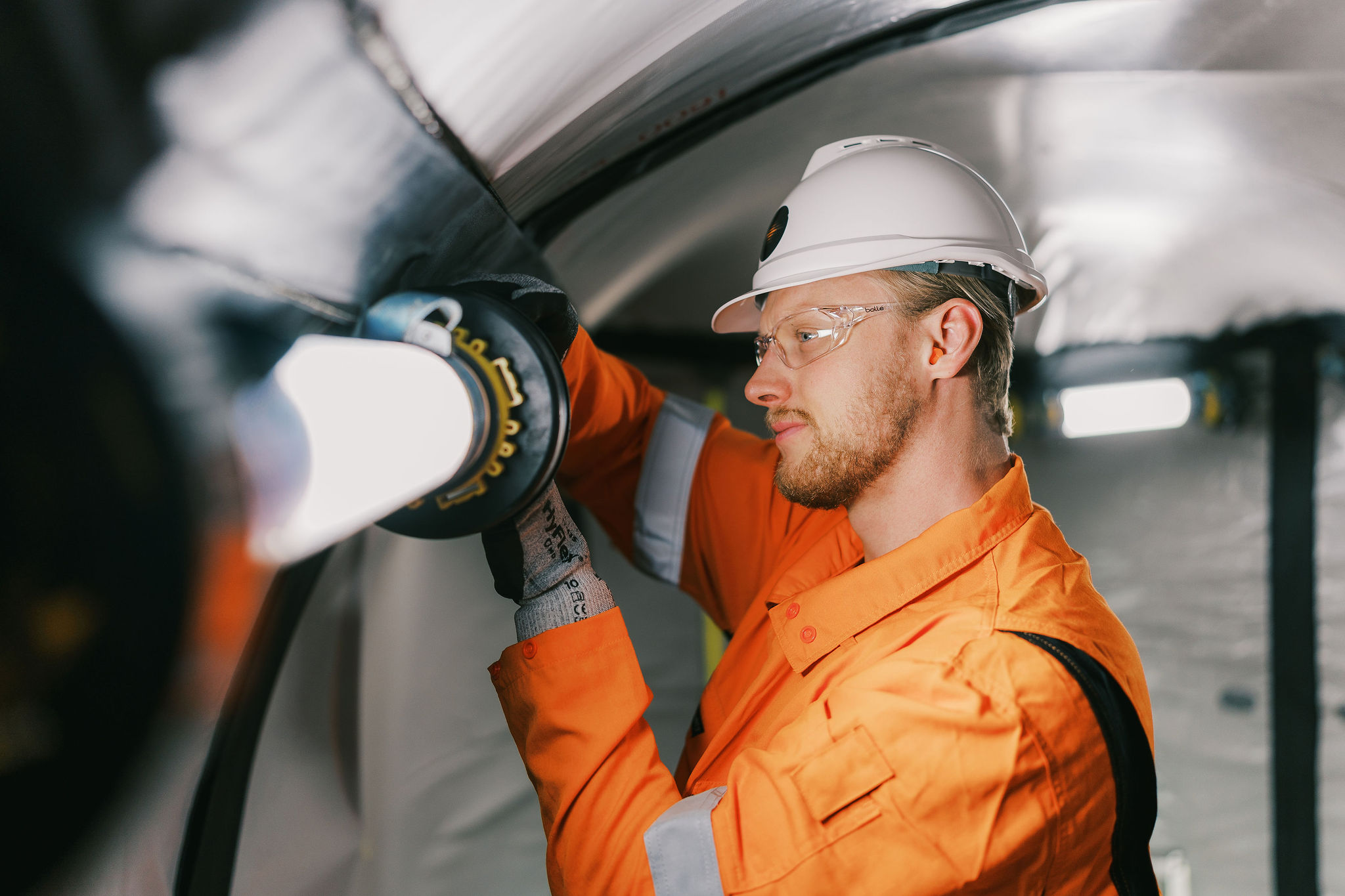Roar Solutions Things To Know Before You Buy
Roar Solutions Things To Know Before You Buy
Blog Article
The 7-Second Trick For Roar Solutions
Table of ContentsA Biased View of Roar SolutionsRoar Solutions Fundamentals ExplainedThe 6-Minute Rule for Roar Solutions
In order to secure setups from a possible surge a method of evaluating and classifying a possibly unsafe area is needed. The objective of this is to ensure the proper option and setup of devices to eventually prevent a surge and to ensure safety and security of life.
(https://au.pinterest.com/pin/1124703706941720474)
No equipment ought to be installed where the surface area temperature of the tools is above the ignition temperature of the given hazard. Below are some common dirt harmful and their minimum ignition temperature level. Coal Dirt 380C 225C Polythene 420C (thaws) Methyl Cellulose 420C 320C Starch 460C 435C Flour 490C 340C Sugar 490C 460C Grain Dirt 510C 300C Phenolic Resin 530C > 450C Aluminium 590C > 450C PVC 700C > 450C Residue 810C 570C The likelihood of the hazard existing in a concentration high adequate to trigger an ignition will differ from place to location.
In order to categorize this threat an installment is divided into locations of risk depending upon the amount of time the harmful is present. These locations are described as Areas. For gases and vapours and dirts and fibres there are 3 areas. Zone 0 Zone 20 A dangerous atmosphere is highly likely to be present and might be present for extended periods of time (> 1000 hours annually) and even constantly Area 1 Zone 21 An unsafe environment is possible but unlikely to be existing for extended periods of time (> 10 450 C [842 F] A category of T6 indicates the minimal ignition temperature is > 85 C [185 F] Harmful location electric devices possibly designed for usage in greater ambient temperatures. This would indicated on the rating plate e.g. EExe II C T3 Ta + 60C( This implies at 60C ambient T3 will not be gone beyond) T1 T1, T2, T3, T4, T5, T6 T2 T2, T3, T4, T5, T6 T3 T3, T4, T5, T6 T4 T4, T5, T6 T5 T5, T6 T6 T6 A T Class rating of T1 indicates the maximum surface temperature level produced by the instrument at 40 C is 450 C. Assuming the linked T Course and Temperature ranking for the devices are proper for the location, you can constantly use a tool with an extra stringent Department ranking than needed for the area. There isn't a clear solution to this concern sadly. It actually does depend upon the kind of devices and what repairs require to be performed. Tools with details test procedures that can't be done in the area in order to achieve/maintain third event ranking. Need to come back to the manufacturing facility if it is before the tools's solution. Field Repair By Authorised Employee: Difficult screening may not be called for however particular procedures might need to be adhered to in order for the equipment to maintain its 3rd party ranking. Authorized employees have to be employed to execute the work appropriately Fixing need to be a like for like substitute. New part must be considered as a direct substitute calling for no unique testing of the equipment after the repair is total. Each piece of equipment with a harmful ranking ought to be examined separately. These are detailed at a high degree listed below, but also for even more in-depth details, please refer directly to the standards.
What Does Roar Solutions Mean?
The devices register is a detailed database of equipment records that includes a minimum set of fields to recognize each product's area, technological specifications, Ex category, age, and ecological data. The proportion of Comprehensive to Shut assessments will be figured out by the Equipment Threat, which is evaluated based on ignition risk (the chance of a resource of ignition versus the probability of a flammable ambience )and the unsafe area classification
( Zone 0Area view it now 1, or 2). Implementing a durable Risk-Based Assessment( RBI )technique is crucial for guaranteeing conformity and safety in managing Electric Tools in Hazardous Areas( EEHA).
Indicators on Roar Solutions You Need To Know

In terms of explosive threat, a harmful area is an atmosphere in which an eruptive ambience is present (or may be expected to be existing) in amounts that call for special preventative measures for the building and construction, setup and usage of tools. hazardous area course. In this write-up we explore the obstacles faced in the workplace, the threat control procedures, and the called for competencies to function safely
These materials can, in particular problems, develop explosive ambiences and these can have significant and terrible consequences. Many of us are familiar with the fire triangle remove any one of the 3 components and the fire can not happen, yet what does this mean in the context of hazardous locations?
In many circumstances, we can do little regarding the levels of oxygen in the air, yet we can have considerable influence on sources of ignition, for example electric equipment. Unsafe areas are recorded on the dangerous location category drawing and are determined on-site by the triangular "EX LOVER" indicator. Here, among other vital info, zones are divided into 3 kinds relying on the threat, the chance and period that an explosive environment will certainly exist; Area 0 or 20 is deemed one of the most unsafe and Area 2 or 22 is considered the least.
Report this page